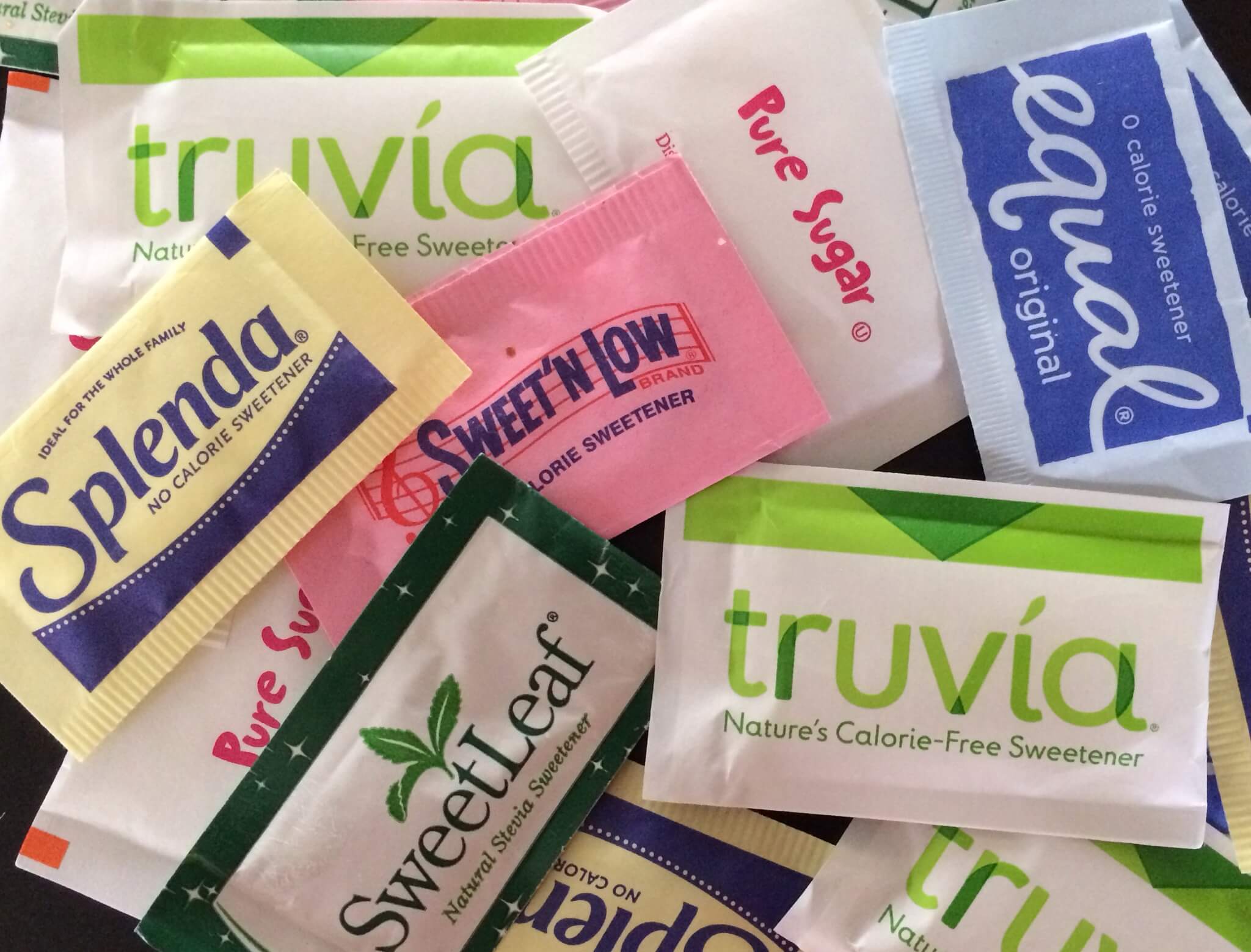The Food and Drug and Administration of America had previously approved artificial sweeteners and sport supplements that have been now found to be toxic to digestive gut microbes, reports a new paper that was published recently in the journal Molecules by researchers at the Ben-Gurion University of the Negev (BGU) in Israel and Nanyang Technological University in Singapore.
The collaborative study talked about the relative toxicity of six artificial sweeteners (aspartame, sucralose, saccharine, neotame, advantame, and acesulfame potassium-k) and 10 sport supplements which contain these artificial sweeteners. The bacteria that is found in the digestive system turned toxic when they are exposed concentrations as low as only one mg./ml. of the artificial sweeteners.
“We modified bioluminescent E. coli bacteria, which luminesce when they detect toxicants and act as a sensing model representative of the complex microbial system,” said Prof. Ariel Kushmaro, John A. Ungar Chair in Biotechnology in the Avram and Stella Goldstein-Goren Department of Biotechnology Engineering, and a member of the Ilse Katz Institute for Nanoscale Science and Technology and the National Institute for Biotechnology in the Negev. “This is further evidence that consumption of artificial sweeteners adversely affects gut microbial activity which can cause a wide range of health issues.”
Today, artificial sweeteners are used in a variety of food products and soft drinks that have reduced sugar content. A lot of people keep on consuming this added ingredient without any knowledge that they are doing so. Additionally, artificial sweeteners have been also identified as emerging environmental pollutants, and they can be found in drinking and surface water, and also in groundwater aquifers.
“The results of this study might help in understanding the relative toxicity of artificial sweeteners and the potential of negative effects on the gut microbial community as well as the environment. Furthermore, the tested bioluminescent bacterial panel can potentially be used for detecting artificial sweeteners in the environment,” added Prof. Kushmaro.

